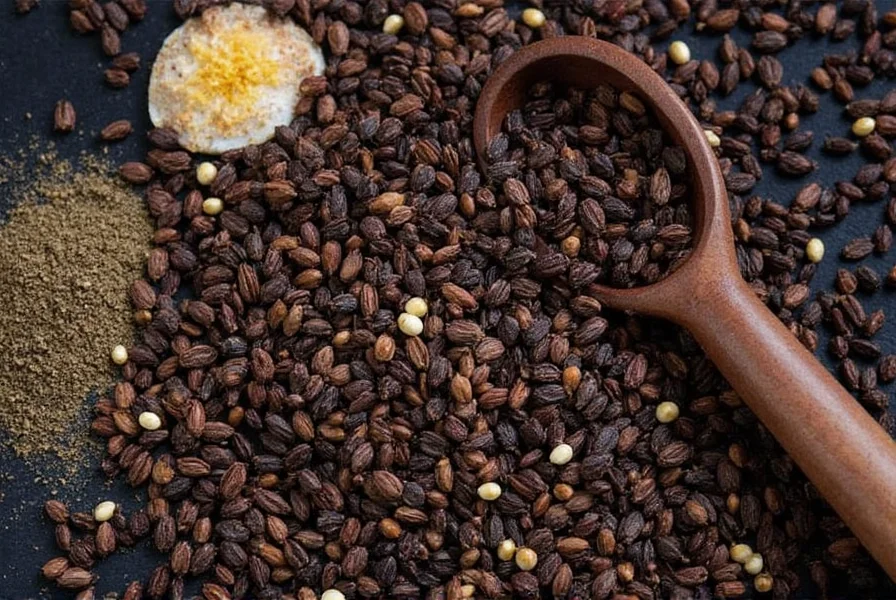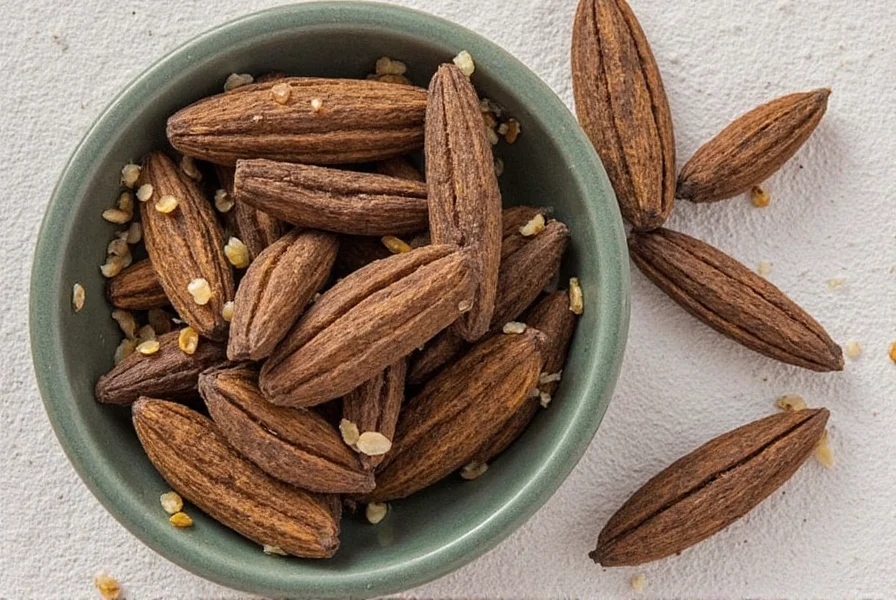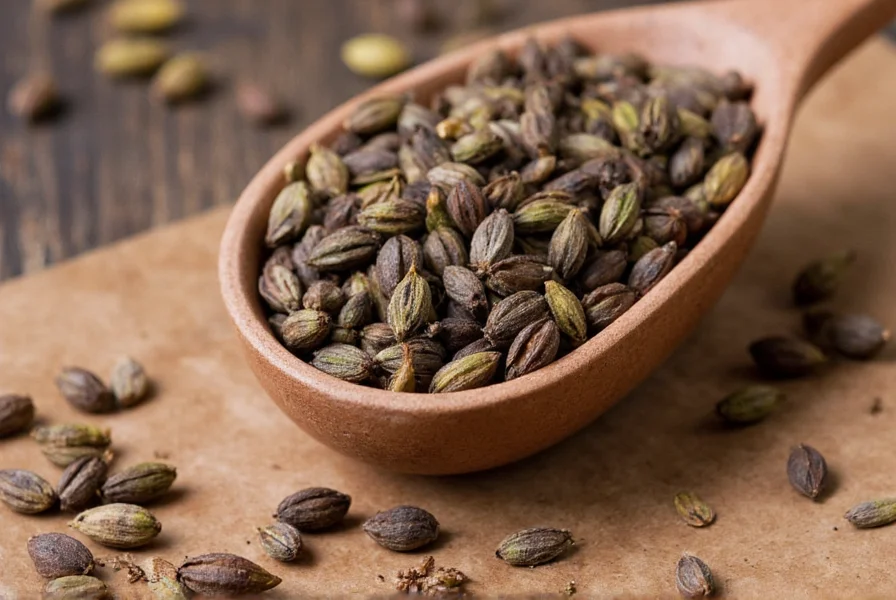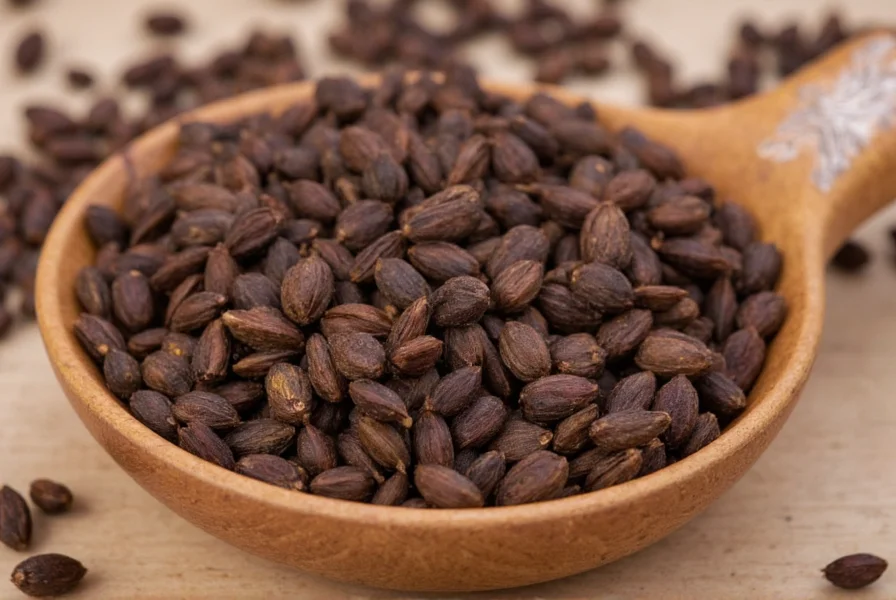Black Cardamom: The Smoky Secret of Spices
Table of Contents
Introduction to Black Cardamom
When it comes to the world of spices, black cardamom stands out as one of the most unique and aromatic ingredients. Often mistaken for its green cousin, black cardamom has a deeper, smokier flavor that makes it a favorite in many traditional cuisines, especially in Indian and South Asian cooking. But what exactly is black cardamom? Let's dive into its history, characteristics, and why it's a must-have in your spice rack.

Originating from the Himalayan regions, black cardamom (also known as kala jeera or Badi Elaichi) is derived from the dried seeds of the Amomum subulatum plant. Unlike green cardamom, which is harvested when the pods are still green and tender, black cardamom is left to mature on the plant until it turns dark brown or black. This process gives it a distinct, smoky aroma that can be both intriguing and powerful.
It’s not just the flavor that sets black cardamom apart—it’s also the way it’s used. While green cardamom is often used in desserts and sweet dishes, black cardamom is more commonly found in savory recipes, especially those with meat or rich gravies. It adds depth, complexity, and a hint of smokiness that can transform a simple dish into something truly memorable.
Taste and Uses of Black Cardamom
If you've ever tasted black cardamom, you know it’s unlike any other spice. Its flavor is earthy, slightly bitter, and intensely smoky. Some describe it as a cross between burnt sugar, woodsmoke, and anise. It’s not for the faint of heart, but when used correctly, it can add a whole new dimension to your cooking.
So, how do you use it? Here are a few common applications:
- In soups and stews: Black cardamom is a staple in many Indian and Nepali soups. It pairs well with lentils, potatoes, and root vegetables.
- In meat dishes: Many meat-based curries, especially those involving chicken or lamb, benefit from a touch of black cardamom. It helps cut through the richness and adds a layer of complexity.
- In rice dishes: Try adding a single pod to your rice while cooking. It gives the grains a subtle, smoky aroma that elevates the entire meal.
- In beverages: Yes, even in drinks! Some traditional Indian teas and chai recipes include black cardamom for a bold, smoky finish.
But here's the catch: because of its strong flavor, black cardamom should be used sparingly. A little goes a long way, and overusing it can overpower a dish. That said, when used in the right amount, it can make all the difference.
A Comparison: Green vs. Black Cardamom
Now that we’ve covered black cardamom, let's take a closer look at how it compares to its more familiar cousin—green cardamom. While they both belong to the same family, their uses, flavors, and appearances are quite different.
| Feature | Green Cardamom | Black Cardamom |
|---|---|---|
| Appearance | Small, green pods with a shiny surface | Larger, dark brown or black pods with a rough texture |
| Flavor | Sweet, floral, and citrusy | Smoky, earthy, and slightly bitter |
| Use Cases | Desserts, pastries, and sweet dishes | Savory dishes, stews, and meats |
| Common Regions | South Asia, Middle East | India, Nepal, Bhutan |
As you can see, green and black cardamom serve very different purposes. If you're looking for something sweet and fragrant, go with green. But if you want to add a smoky depth to your dishes, black cardamom is the way to go.
Practical Tips for Using Black Cardamom
Now that you understand the basics, here are some practical tips to help you get the most out of black cardamom:
- Toast it before using: To bring out its full flavor, lightly toast the pods in a dry pan over low heat for about 30 seconds. This enhances the smoky notes and makes the aroma more pronounced.
- Crush or grind it: Once toasted, you can crush the pods with a mortar and pestle or grind them into a powder. This makes it easier to incorporate into your recipes.
- Use in moderation: As mentioned earlier, black cardamom is potent. Start with a small amount and adjust to taste. One pod per pot of stew or rice is usually enough.
- Pair it wisely: It works best with hearty, rich ingredients like potatoes, lentils, and meats. Avoid using it in delicate dishes where its strong flavor might clash.
- Store it properly: Keep black cardamom in an airtight container in a cool, dark place. It can last up to a year if stored correctly.

Another tip: don't forget to remove the seeds after toasting. The husk can become too bitter if left in the dish for too long. Simply crack open the pod and discard the outer shell before adding the seeds to your recipe.
Buying Guide for Black Cardamom
With so many varieties and sources available, choosing the right black cardamom can be a bit overwhelming. Here's a quick guide to help you make an informed purchase:
Key Features to Look For
- Appearance: High-quality black cardamom should have a deep black or dark brown color. Avoid any that look dull or have a grayish tint.
- Aroma: The scent should be smoky and intense. If it smells weak or flat, it may not be fresh.
- Texture: The pods should be firm and not brittle. Overly dry or crumbling pods may have lost their potency.

Top Products to Consider
Here are a few popular options that you might find in stores or online:
- Indian Organic Black Cardamom
- Features: Sourced from India, this variety is known for its strong, authentic flavor.
- Advantages: Organic and free from artificial additives.
- Use Cases: Ideal for traditional Indian and Nepali recipes.
- Target Audience: Home cooks who value authenticity and quality.
- Suitable Occasions: Family meals, festive dinners, and holiday cooking.
- Nepali Black Cardamom
- Features: Known for its intense smoky aroma and robust flavor.
- Advantages: Superior quality and strong fragrance.
- Use Cases: Perfect for slow-cooked stews and meat dishes.
- Target Audience: Professional chefs and serious spice enthusiasts.
- Suitable Occasions: Gourmet cooking, special events, and restaurant use.
- Organic Black Cardamom Mix
- Features: A blend of black and green cardamom for versatility.
- Advantages: Offers the best of both worlds for creative cooking.
- Use Cases: Great for experimenting with different flavor profiles.
- Target Audience: Curious home cooks and adventurous food lovers.
- Suitable Occasions: Cooking classes, personal experimentation, and small gatherings.
When buying black cardamom, always check the packaging for information on origin, harvest date, and storage instructions. These details can give you a better idea of the product's freshness and quality.
Conclusion
Black cardamom is more than just a spice—it's a flavor enhancer with a rich history and a distinctive character. Whether you're a seasoned chef or a curious home cook, learning to use black cardamom can open up a whole new world of taste and aroma in your kitchen. From its smoky depth to its versatility in savory dishes, it’s a spice worth exploring.
So next time you're reaching for your spice rack, consider giving black cardamom a try. You might just discover your new favorite ingredient.
Remember, the key to mastering black cardamom is balance. Use it thoughtfully, and it will elevate your dishes in ways you never imagined. And who knows—maybe it’ll become your secret weapon in the kitchen.











 浙公网安备
33010002000092号
浙公网安备
33010002000092号 浙B2-20120091-4
浙B2-20120091-4